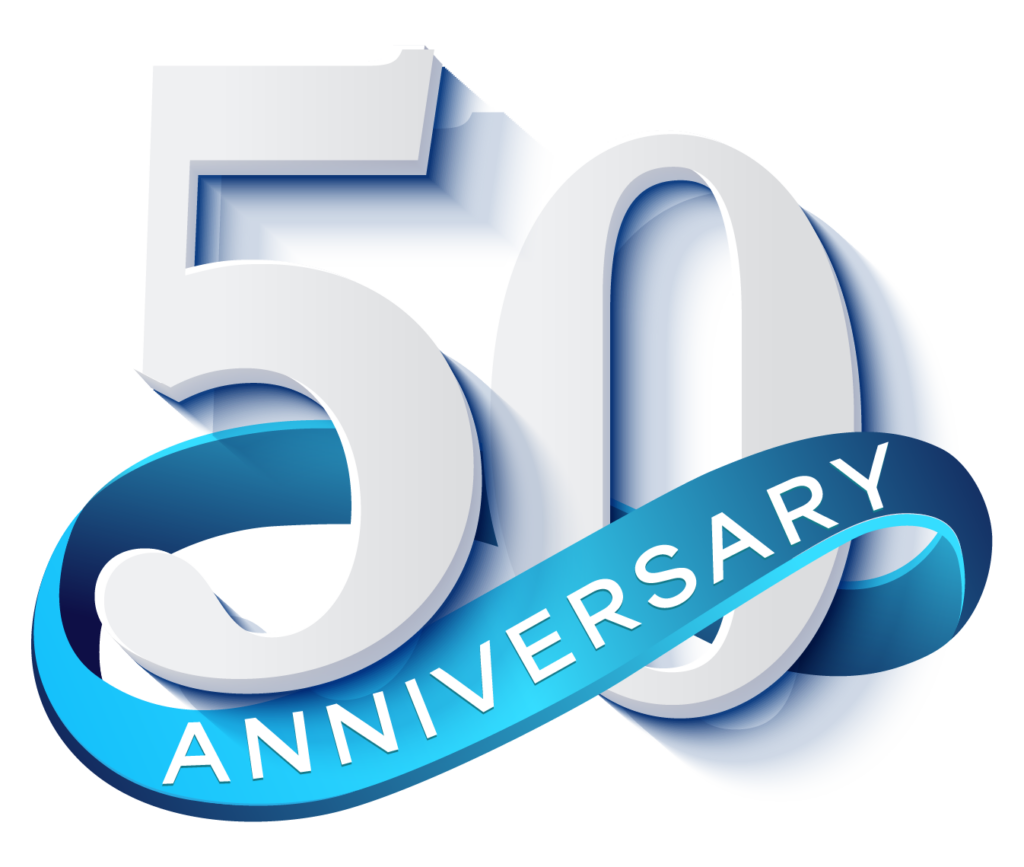Communication is the connecting force of business success that fuels flourishing enterprises, fosters relationships, and ignites innovation. It goes beyond mere words as it transcends boundaries, captivating audiences across various mediums. Communication is an art, a skill that requires time, practice, and effective leadership coaching. According to the Carnegie Foundation of Technology, robust conversation skills and the ability to lead human interactions drive a staggering 85% of financial success. In this post, we’ll unravel the secrets of how to be a better communicator, empowering you to improve your conversation skills and propel your business to new heights.

Foundation of Communication
Diving into the first cornerstone of communication, let’s explore the underpinnings of effective conversation skills beginning with active listening.
Active Listening
Active listening forms the bedrock of engaging and meaningful exchanges. It’s an art that goes beyond hearing the words; it involves understanding the message being communicated and responding empathetically.
Active listening is not a passive activity; it’s an engaged process where the listener actively absorbs, comprehends, and reflects on the spoken words while being genuinely interested. Non-verbal cues play a critical role in active listening. They include eye contact, body language, facial expressions, and nods of understanding.
Verbal Communication
Following active listening, verbal communication is the second pillar in the foundation of effective conversation skills. It revolves around how we use words and the tone of our speech to convey messages confidently and clearly.
1. Clarity in Speech
Clear, articulate speech is pivotal to effective verbal communication. A survey by Fierce, Inc. found that 86% of respondents blamed a lack of clear, direct communication for workplace failures.
2. Importance of Tone and Pitch
Tone and pitch can significantly influence the interpretation of verbal communication. A study found that listeners judge speakers’ confidence and competence based on their tone and pitch.
Building Empathy
After laying the groundwork with active listening and verbal communication, we tread into deeper territory – empathy. This emotional competency forms the backbone of meaningful relationships, facilitating deeper connections and improved understanding between people.
Understanding others’ perspectives involves opening one’s mind to viewpoints that may differ from one’s own. This is a crucial aspect of empathy and a significant component of effective communication. According to the 2023 State of Workplace Empathy Report, 96% of employees consider empathy to be important for organizations to demonstrate, validating the importance of understanding others’ perspectives.
Expressing Empathy Verbally
Coupled with understanding others’ perspectives, expressing empathy verbally is key to establishing trust and rapport in communication. This involves consciously choosing our words and validating others’ feelings.
1. Choosing the Right Words
Choosing the right words to express empathy goes a long way in making our conversations more effective. A study found that empathic language improved customer satisfaction significantly. The words we choose can make others feel acknowledged, heard, and understood, thereby fostering positive interactions.
2. The Power of Validation
Validation is a powerful form of empathy in communication. By validating someone’s emotions or experiences, we acknowledge their reality and make them feel seen. Validation not only soothes but also strengthens relationships, creating a positive impact on both personal and professional conversations.
Non-Verbal Communication
This silent language of signals and expressions amplifies the impact of our words, making our interactions more compelling.
Body Language Mastery
Body language mastery is a crucial aspect of non-verbal communication. It’s not just about how we move and carry ourselves, but also about how well we interpret the non-verbal cues of others.
1. Reading Others’ Body Language
Reading others’ body language involves perceiving and understanding the non-verbal cues others exhibit. These can be gestures, postures, or movements, all of which provide insights into the person’s emotional state and intentions. A study by UCLA established that up to 55% of the meaning in face-to-face interactions comes from body language, emphasizing its significance in communication.
2. Sending the Right Signals
Equally important is our ability to exhibit the right body language. Our postures, gestures, and movements send powerful signals that can enhance or degrade the effectiveness of our communication. For example, expansive postures can increase feelings of power and confidence in both the person exhibiting them and the observer.
Facial Expressions
Facial expressions, another crucial subset of non-verbal communication, have a significant impact on our interactions. They convey a spectrum of emotions and intentions that words often fail to express.
1. Emotion Conveyance
Facial expressions can effectively convey a multitude of emotions, providing insight into our feelings and mental state. Research by Dr. Paul Ekman found that facial expressions are universally understood, irrespective of culture or language.
2. Maintaining Facial Consistency
Consistency between our words and facial expressions can significantly enhance the authenticity and effectiveness of our communication. However, inconsistent facial expressions can lead to distrust, highlighting the importance of coherence in our verbal and non-verbal communication.
Tailoring Communication Styles
Building on the foundation of non-verbal communication and recognizing the importance of empathy, tailoring our communication styles to adapt to different personalities and utilize various communication channels becomes a critical next step.
Adapting to Different Personalities
As we interact with diverse individuals each day, understanding and adapting to different personality types can significantly enhance the effectiveness of our communication. At Personalysis, we acknowledge that everyone has a communication style bias. Essentially, we tend to communicate in a way that we prefer and expect others to do the same. However, understanding your style, and recognizing that others may have different preferences, is a crucial first step in establishing a solid communication foundation.
Harnessing the Power of Personalysis
One effective approach to understanding and adapting our communication style to accommodate different personalities is utilizing a science-based personality tool like Personalysis. Personalysis provides a fresh perspective on personality. It steps away from the conventional approach of defining your personality as a type or label. Instead, the Personalysis Profile offers a comprehensive portrayal of your personality in action. Thus, Personalysis not only facilitates self-awareness but also empowers you to tailor your communication style, fostering more profound and effective conversations.
Recognizing and Utilizing Different Communication Channels
In today’s digitally connected world, we have a plethora of communication channels at our disposal – from face-to-face meetings to email, phone calls, video conferencing, and social media. Each of these channels has its nuances, and the effectiveness of our communication can greatly vary depending on the medium used. The choice of communication channel can significantly influence the perceived tone and effectiveness of the message. Therefore, recognizing the most appropriate channel for a specific context or individual can greatly enhance the clarity and impact of our communication.
Conflict Resolution
Whether on a personal or professional front, conflicts can either act as barriers that disrupt the flow of communication or be viewed as opportunities for growth and mutual understanding.
Identifying Communication Breakdowns
Detecting a communication breakdown is the first step towards conflict resolution. These breakdowns may present themselves as misunderstandings, lack of clarity, or the consistent inability to achieve a common understanding. Research by the Project Management Institute indicates that 56% of project risks are linked to ineffective communication, underlining the importance of promptly identifying and rectifying communication breakdowns.
Strategies for Resolving Conflicts Amicably
Once communication breakdowns have been identified, the next step is to adopt strategies for amicable conflict resolution. These may include active listening, empathetic responses, and finding common ground. The Harvard Business Review suggests that 69% of managers are uncomfortable communicating with their employees, which points to a need for a strategic approach to conflict resolution in communication. A well-structured and respectful dialogue, focusing on the issue and not the person, is a powerful tool for transforming conflicts into learning opportunities.
Art of Asking Questions
Asking questions is a fundamental aspect of effective team collaboration, facilitating a dynamic exchange of ideas and fostering deeper understanding. Choosing the right type of questions, timing, and framing can dramatically enhance the quality of our interactions.
Types of Questions
Different situations call for different types of questions. The type of question we choose to ask can influence the depth and quality of the response we receive.
1. Open-ended vs. Closed-ended
Open-ended questions are designed to encourage a full, meaningful answer using the subject’s own knowledge and/or feelings. They are the opposite of closed-ended questions, which can be answered with a simple “yes” or “no.” Conversations that involve more open-ended questions tend to be rated as more satisfying.
2. Probing Questions for Deeper Understanding
Probing questions are used to gain a deeper understanding of the subject matter. They typically follow up on an answer to an initial question and probe deeper into the respondent’s thoughts, feelings, and beliefs. Probing questions can lead to more innovative ideas and creative solutions.
Question Timing and Framing
The effectiveness of a question doesn’t depend on its content alone — timing and framing are crucial elements too.
1. Effective Question Sequencing
The sequence of questions can greatly affect the flow of the conversation. It’s generally effective to start with open-ended questions and then narrow down the focus with closed-ended or probing questions. Effective question sequencing can lead to more productive sessions.
2. Avoiding Leading Questions
Leading questions, those that prompt or encourage the desired answer, can skew a conversation and limit its effectiveness. They can create bias and hinder honest, open communication. Leading questions can manipulate memory recall, emphasizing the importance of careful question framing to ensure objective and effective communication.
Storytelling in Conversations
Building on the art of asking questions, an equally influential aspect of conversation skills is the art of storytelling. It’s not just about relaying facts and data; it’s about weaving them into a compelling narrative that resonates with your audience, captures their attention, and drives them to action.
Crafting Compelling Narratives
An engaging narrative can transform a simple conversation into an unforgettable interaction. The art of crafting such narratives requires the ability to incorporate personal experiences, humor, and anecdotes, bringing the conversation to life.
1. The Power of Personal Stories
Personal stories add a layer of authenticity to your conversations and help you connect with your audience on a more intimate level. They allow you to share experiences and insights that would otherwise be difficult to convey. A study done by the University of Chicago found that personal storytelling increases empathy and facilitates social bonding, making it a powerful tool for effective communication.
2. Incorporating Humor and Anecdotes
Humor and anecdotes can make any conversation light-hearted and engaging, releasing tension and facilitating a more open, creative exchange of ideas. Humor is known to increase likeability and foster trust, crucial for effective communication. Despite its informality, humor needs to be used judiciously and respectfully, considering cultural, social, and personal sensitivities.
Empowering Speech
Empowering speech can uplift, inspire, and motivate, creating a positive conversational environment and fostering enriching exchanges.
Positive Affirmations
Positive affirmations are statements that can help one challenge and overcome self-doubting and negative thoughts. When they are repeated and believed in, they can make a significant impact on one’s mindset and overall outlook on life. In a conversation, using positive affirmations can enhance the mood, create a positive atmosphere, and promote a more engaging and productive dialogue. A study published in the Journal of PLOS ONE found that self-affirmation can improve problem-solving abilities and decrease stress levels. Sharing these affirmations in conversations can potentially have a similar impact on others, bolstering their self-esteem and reinforcing a positive self-concept.
Encouraging and Motivational Language
Encouraging and motivational language, on the other hand, can inspire action, instill courage, and foster resilience. The words we choose can significantly influence the perceptions, attitudes, and responses of the people we interact with. Motivational language in conversations can kindle enthusiasm, spur creativity, and drive progress. Inspirational communication from leaders can enhance employee motivation, indicating the profound impact that encouraging language can have in conversation. Whether spoken by leaders, peers, or friends, encouraging words have the power to uplift and inspire, making them a potent tool in effective team communication.
The Role of Silence
Silence, when used strategically, can be a powerful communication tool, enhancing understanding and fostering deeper connections.
Strategic Pauses in Conversations
Strategic pauses during conversations can greatly enhance comprehension and engagement. They provide a break, allow listeners to process information, and offer speakers a moment to gather their thoughts. Strategically timed pauses can improve recall of spoken information. Moreover, pauses can add emphasis, highlighting key points and making the conversation more impactful.
Allowing Space for Reflection
Beyond mere comprehension, silence offers the opportunity for reflection, enabling individuals to delve deeper into the discussed topics and ideas. It gives conversation participants the chance to contemplate their responses, fostering thoughtful and meaningful dialogue. Providing reflection time in conversations tends to promote deeper thinking. Therefore, allowing space for reflection can significantly enhance the quality of the conversation, contributing to more profound and effective communication.
Final Thoughts
Effective communication is an art, reflected in how we ask questions, tell stories, use empowering speech, and leverage silence in our conversations. It is not merely about the words spoken but also about the intent, the tone, and the context in which those words are delivered. Enhancing conversation skills is a lifelong journey that begins with conscious effort and persistence.
For those interested in diving deeper into understanding communication styles and personal behaviors, Personalysis can provide valuable insights. The Personalysis assessment offers an in-depth analysis of communication styles and how to improve them, helping you become an effective communicator and fostering more meaningful connections with others.
Remember, as George Bernard Shaw once said, “The single biggest problem in communication is the illusion that it has taken place.” Whether you are a business leader or a team member, strive to make every conversation count.




